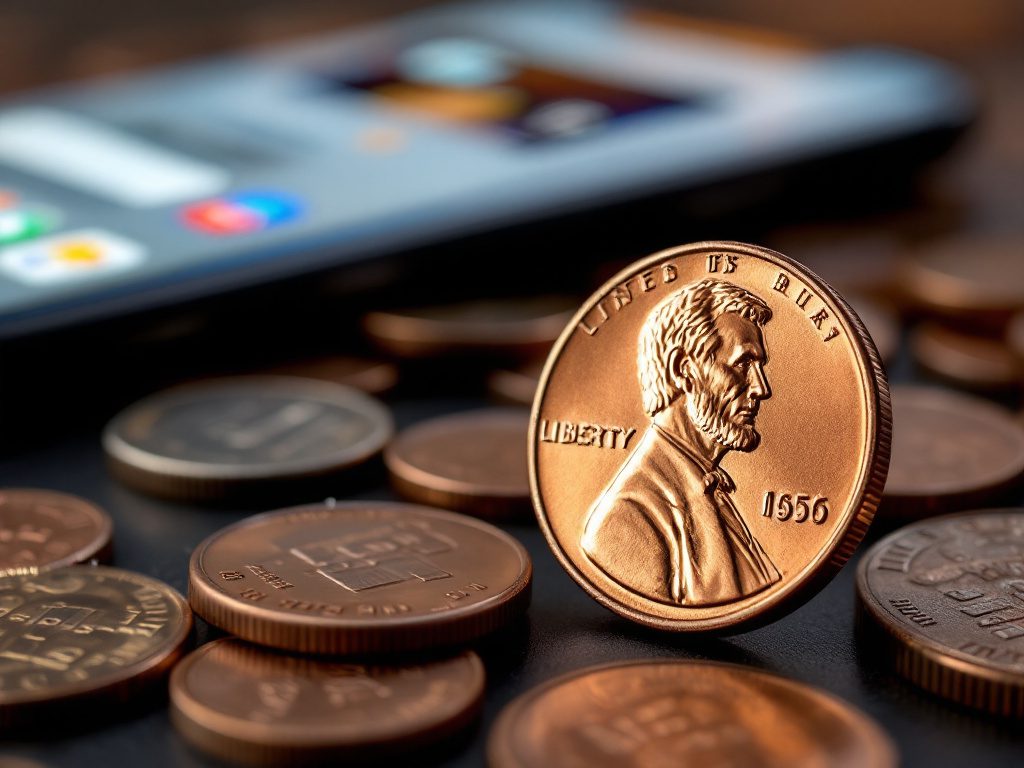The Price of Sentimentality: Why Pennies No Longer Make ‘Cents’
Imagine reaching into your pocket and coming up with nothing but copper coins that feel more like dead weight than valuable currency. Across the country, Americans have hoarded jars of pennies—tokens of nostalgia, perhaps, but increasingly obsolete in a fast-moving, digital-first economy. Now, a bipartisan coalition in Congress is daring to ask what many have only muttered at the checkout line: Why are we still minting pennies that cost us, literally, more than they’re worth?
The simple truth buried in annual reports and budget briefings: Minting one penny now costs nearly four times its face value, with the U.S. Mint reporting a staggering loss of $85 million in the 2024 fiscal year alone just to keep the one-cent coin in circulation. According to the Mint, pennies made up a whopping 54% of all coins it shipped last year—a testimony not to their necessity, but to the inertia of outdated tradition. By contrast, countries like Canada and Australia have decisively ended their one-cent coin production, triggering neither economic havoc nor consumer outrage.
Bipartisan Push: How Congress, Not the White House, Holds the Key
It’s tempting to imagine that dramatic change can happen with a presidential tweet or executive directive. President Donald Trump certainly tried that approach earlier this year, instructing the Treasury to cease penny production. But there’s a fundamental civics lesson at play here: the Constitution spells out that only Congress can decide the fate of U.S. coinage. That’s precisely what the bipartisan ‘Common Cents Act’ now aims to address—led by Republican Rep. Lisa McClain of Michigan and Democrat Rep. Robert Garcia of California in the House, joined by Republican Sen. Cynthia Lummis and Democrat Sen. Kirsten Gillibrand in the Senate.
The bill’s provisions are straightforward but profound in their consequences. Should it pass, the U.S. Treasury would stop minting pennies within a year of enactment. In place of one-cent coins, all cash transactions would be rounded up or down to the nearest five cents—a policy borrowed from Canada’s successful example. Importantly, non-cash payments like credit, debit, and digital methods remain untouched, so your online purchases and contactless swipes keep their pennies.
Supporters argue this is not just about government efficiency but common sense. Rep. McClain quipped to reporters, “We’re squandering millions each year on a coin that half the time ends up lost in our furniture.” A closer look reveals that the bill also carves out an exception for numismatics—collectors will still be able to purchase freshly minted pennies directly for their collections, preserving a piece of history even as the pocket change of daily life changes shape.
“We’re squandering millions each year on a coin that half the time ends up lost in our furniture.” — Rep. Lisa McClain (R-MI)
Harvard economist Lawrence Katz underscores the global momentum against the penny: “Once production costs eclipse face value, keeping such coins around is more a political liability than an economic necessity.” Germany, the Netherlands, New Zealand—each have modernized their currency systems without adverse consequences to pricing or ordinary consumers, as several peer-reviewed studies from the European Central Bank have confirmed.
The Real Cost: Waste, Inefficiency, and a Path Forward
Your gut probably already knows what U.S. Mint reports have confirmed: almost no one actually spends pennies. We treat them with a mixture of indifference and annoyance, letting them gather dust in glove compartments and piggy banks nationwide. But there’s a larger, less visible toll—the environmental and social waste caused by manufacturing and distributing billions of coins with negligible utility.
The numbers are damning: For 19 consecutive years, it’s cost more to make and distribute a penny than it’s worth. Materials, labor, transport—the math doesn’t lie. As highlighted by Pew Research, nearly two-thirds of U.S. adults rarely use cash for everyday purchases, a trend sharply accelerated by the pandemic and the proliferation of digital payment options.
Some critics have voiced concern that rounding could erode consumer protections or shortchange the poor. The evidence from Canada and Australia says otherwise; research by the National Retail Federation has found no measurable increase in consumer costs or pricing shenanigans since rounding practices were introduced—the effects are essentially a statistical wash. Leading consumer advocate Richard Hunt told MSNBC, “It’s a modernization that will hardly be noticed at the checkout counter, except maybe in shorter lines and lighter pockets.”
Beyond the daily tedium of rolling, counting, and carting around pennies, there is the deeper question of stewardship. Progress means facing the facts, embracing change, and focusing public resources on programs that actually improve lives: education, healthcare, infrastructure, or even environmental protection. The real tragedy is not the phasing out of a 19th-century coin but the continued squandering of taxpayer dollars on maintaining a monetary relic few would miss but all ultimately pay for.
Can America adjust? The answer is plain: we already have. Rounding mechanisms exist today in sales tax computations, and credit payments remain precise down to the penny. Small businesses will have a year to prepare, and the U.S. Mint will retain production only to satisfy collectors. This isn’t a leap into the unknown but a modest, overdue step toward fiscal sanity.

